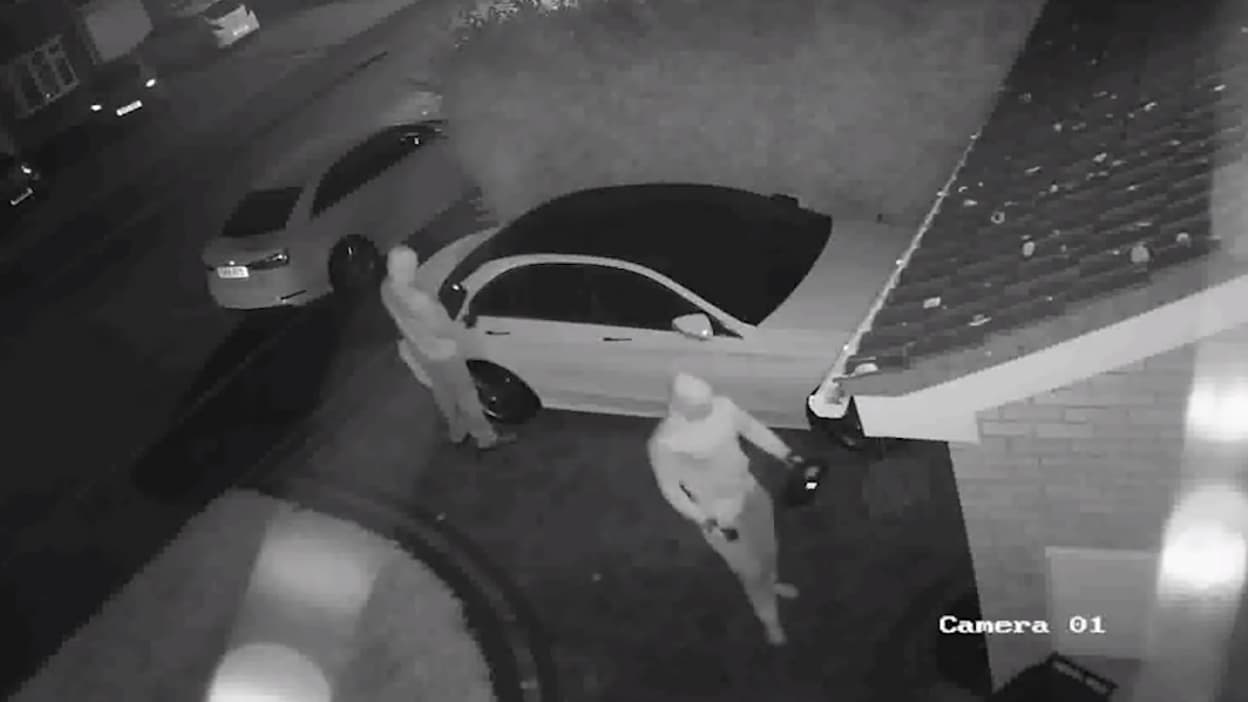Cars are increasingly victims of electronic theft without break-ins. While more regular security updates could help reduce this threat, there are still some tips to deter thieves.
This is the big trend in recent years: electronic car theft. France is not spared since according to the latest figures from the French Insurers Group for the identification and return of stolen vehicles, this represented 70% of the acts committed last year.
Hacked contactless keys
The cause is cars that are increasingly accessible via contactless keys or other access cards.
“Thieves, for example, carry out what are called relay attacks, by capturing the signal from the key and making the car believe that it is nearby. This may be enough to then start the vehicle, or otherwise by using a box that can easily be found on the internet for a few hundred euros”, explains Thomas Fournier, deputy general manager of Roole, a company specializing in anti-theft solutions.
He therefore recommends not leaving your key near the vehicle, or even placing it in an anti-wave box. Quite logical, but you can quickly get tricked if you get into the habit of leaving your key in the driveway when the car is parked right in front of the house.
Also involved is easy access for thieves to solutions for hacking vehicles of all types: the most stolen cars are therefore widely available models, also sought after for their spare parts and the parallel market for resale.
“It's difficult to say that cars are more vulnerable than before, especially if we keep in mind that with two cut wires we could steal many models. The threat is simply different with this diffusion of electronics.” notes Frédérique Baron, Omicanal sales manager at Norauto.
Updates to be carried out more frequently
“Manufacturers can identify a security flaw, correct this defect on new vehicles, but not necessarily by carrying out a recall, which leaves many vulnerable vehicles on the road,” underlines Thomas Fournier. A problem for him:
“While security updates are now common on our computers and phones, this is not yet the case in automobiles.”
Frequent remote updates, which is the case at Tesla, but not yet widespread among other manufacturers, would make it possible to be more responsive to new flaws discovered on cars:
“It's a game of cat and mouse, thieves always have time to find new breaches to thwart the protection systems, so it's up to the latter to evolve to find new solutions to these threats which appear constantly.
Increase protection to deter thieves
So what should we do in the face of this threat? Norauto markets various solutions in its network, including two GPS trackers, brands Beepings (189 euros) and Invoxia (130 euros), allowing you to receive an instant alert if your vehicle is the subject of a suspicious movement.
“The advantage is that the price includes a 3-year subscription for Invoxia and 2 years for Beepings: you then have to count on a budget between 1.30 euros and 9.90 euros per month depending on the model and the chosen formula”, explains Frédérique Baron.
Other product: protection to be installed at the OBD socket and installed in Norauto workshops, 322 euros, installation included. It is not sold to take away because this involves changing the beams and also allows the secrets of this protection to be preserved.
“This solution will work as a decoy, the thieves will not have an error message on their hacking devices, but at the end of the operation, they will not be able to start the vehicle, which will push them, a priori , to abandon.”
The idea remains to make the task as complicated as possible for thieves:
“You can't really prevent theft 100%: the idea will be to increase the number of anti-theft systems to deter thieves. If it takes them too long to steal your car, they will move on to another,” advises Thomas Fournier.
For example, we can install an alarm, engrave the windows (which will allow the vehicle to be clearly identified even after changing the license plate) or install an anti-theft rod on the steering wheel… Knowing that the latter can be discouraging most electronic thieves, not really adapted to more traditional protections and which mechanically prevent you from leaving with the vehicle. Hence a recent comeback of these steering wheel lock systems.
Finding the vehicle, easier than preventing the theft?
Solution that has also been developing in recent years: trackers. Small GPS beacons hidden in vehicles in order to find it after a theft.
“It is now required by insurance companies for premium or luxury models,” explains Thomas Fournier.
A response to a reality principle: it is difficult to prevent theft, so you might as well do everything to find it quickly.
Since 2015, Roole has been marketing its WeTrak beacon, a competitor to Coyote Secure, but also a more affordable box at around 50 euros, the RX.
For high-end solutions, the strong point remains the ability to quickly communicate the position of a vehicle to law enforcement, who can then recover it before it leaves France or Europe.
“It happens that thieves leave the stolen vehicle in an outdoor parking lot, waiting to see if it is recovered. If nothing happens for a few days, they can continue their operations,” says Thomas Fournier.
A rather expensive product, Norauto sells the Coyote Secure for example for 270 euros with installation, and a subscription to be expected afterwards:
“It must be seen as insurance, with a very high vehicle recovery rate and reimbursement of the system and the rent paid if the vehicle is not found within 30 days,” highlights Frédérique Baron.
She also explains that sales of these products tend to increase after the release of theft figures each year, like daschcams, these small on-board cameras, in the wake of the Palmade affair.

